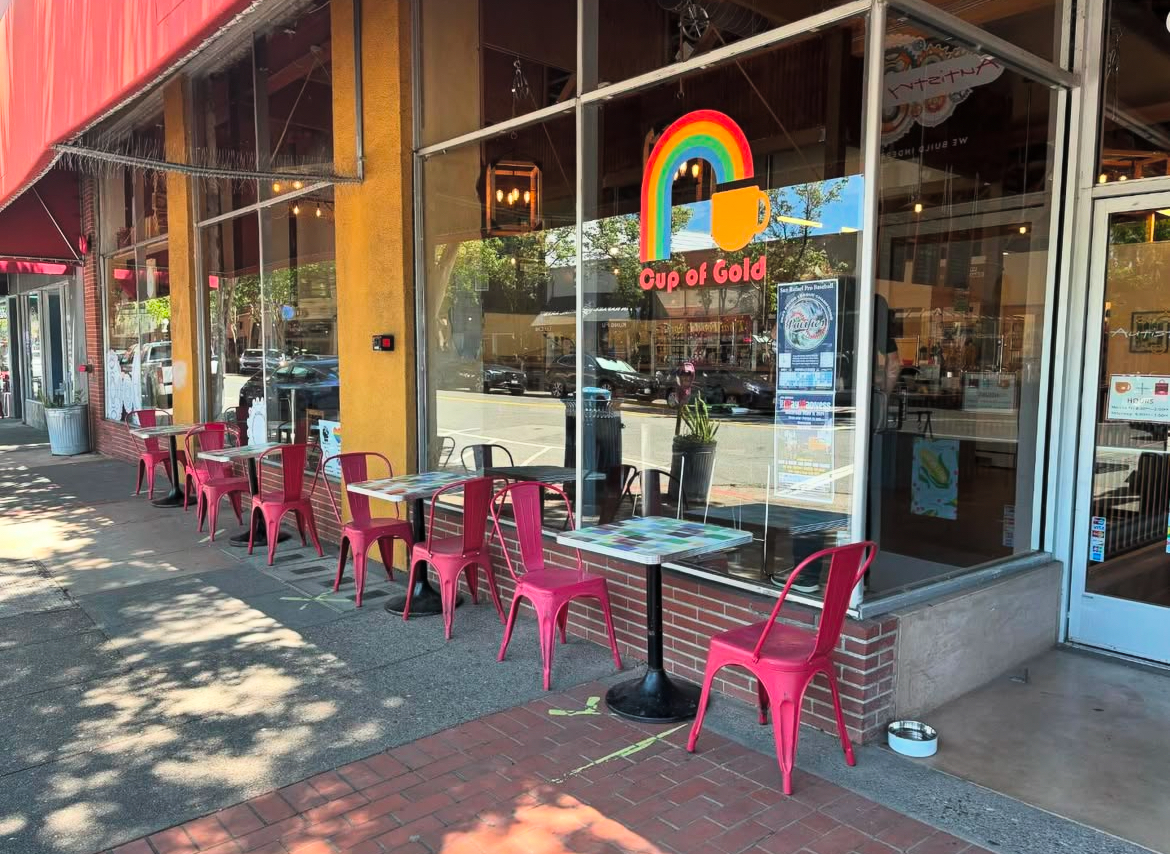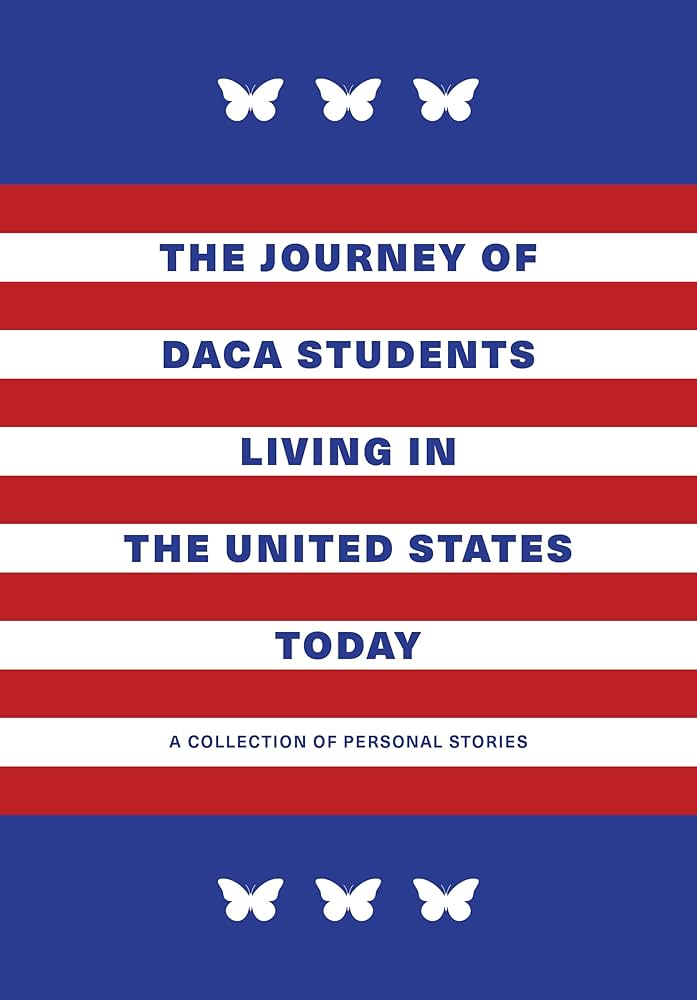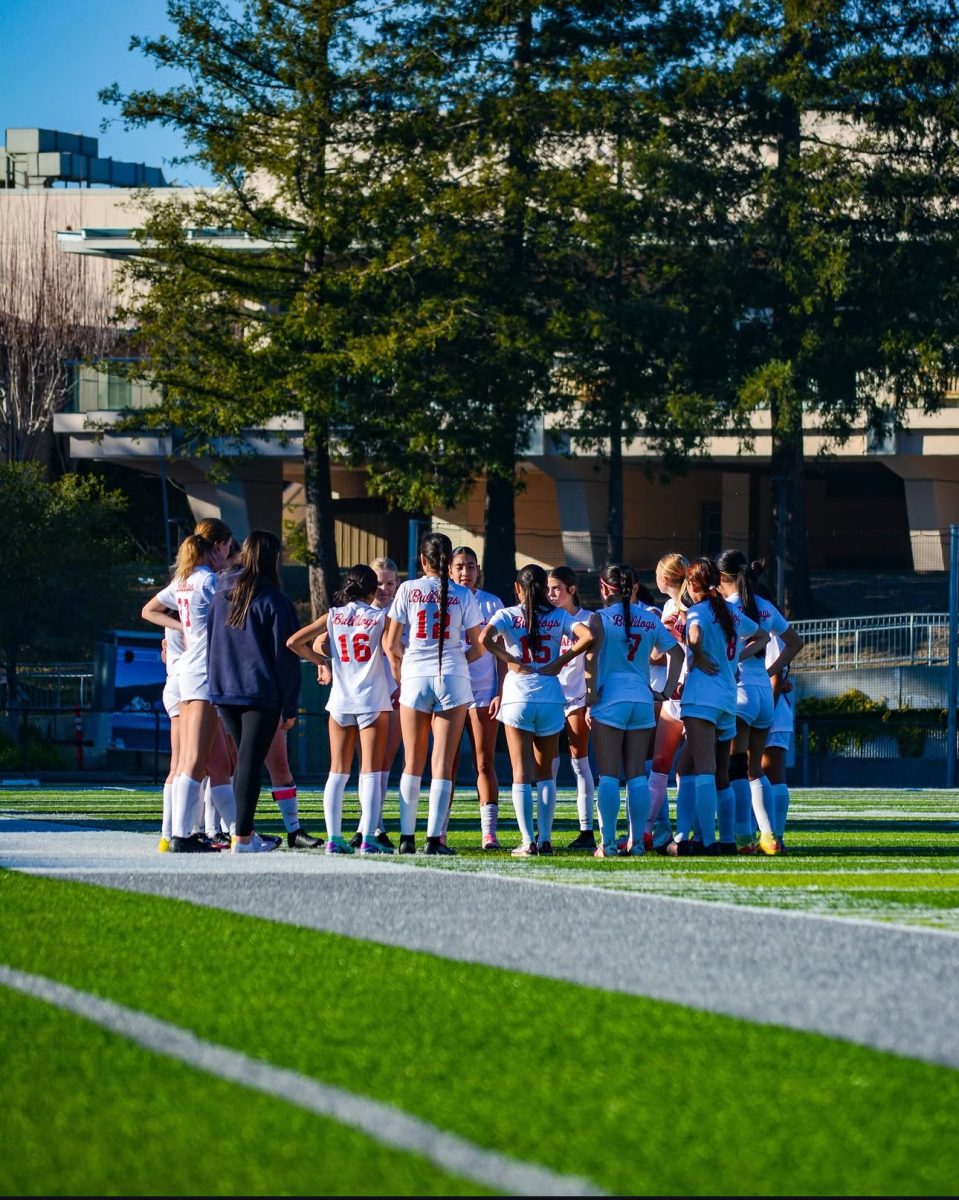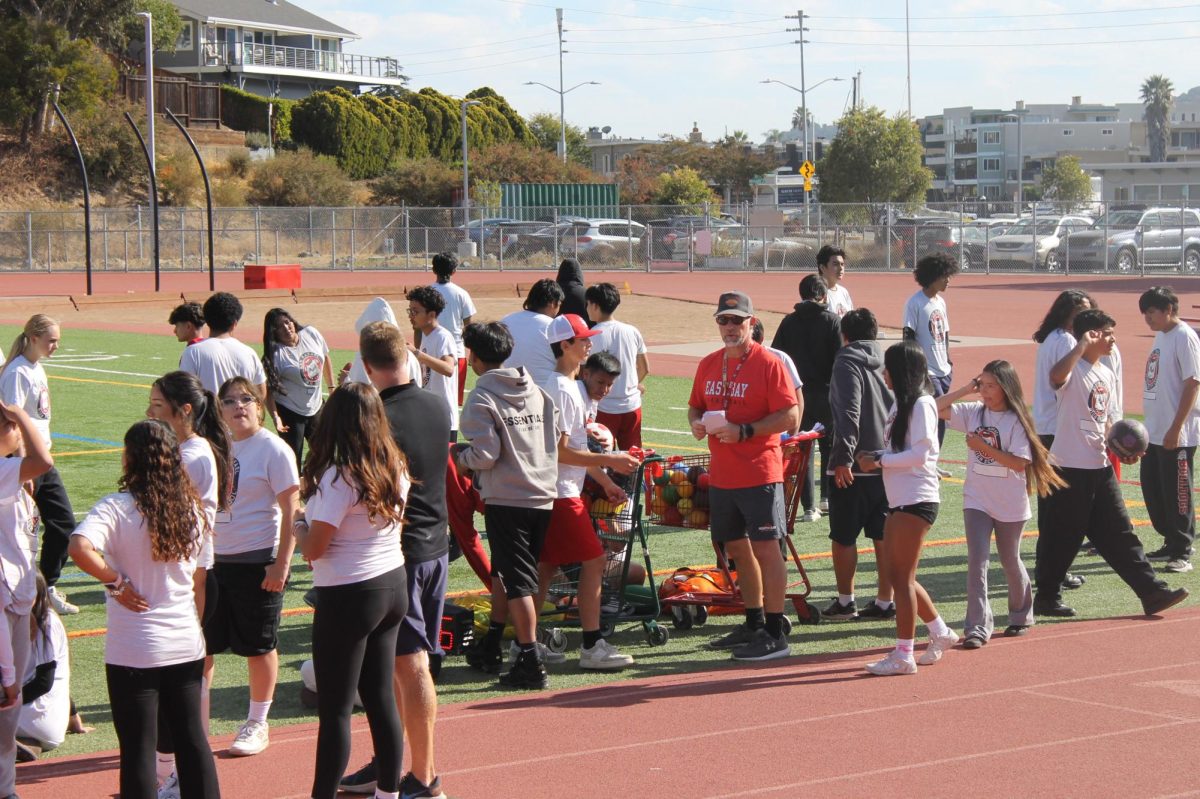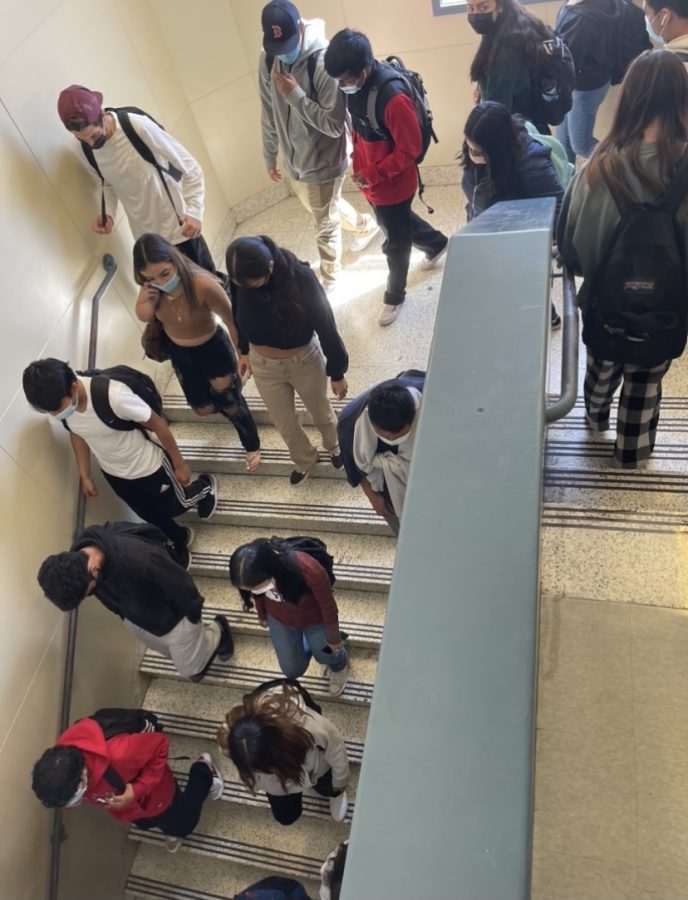As Students Return, Anxieties Surrounding COVID Surge
October 9, 2021
Voices suffocate the LA building hallways as students shuffle slowly down the stairs leading to the quad. Packed like sardines, groups of students stand mere inches apart. This is one of many jarring changes to the school campus since the beginning of the 2021 school year. With conditions such as these, students wonder: is it really safe to be returning to school?
The introduction back to school after the height of the COVID pandemic has left many students worried about their safety and the safety of others. While preventative measures are in place to hopefully stop the spread of the COVID virus, there are still thousands of students walking the halls while the Delta variant is taking lives daily.
“There are so many people and so many chances to get it,” states Kia Majidi, SRHS senior.
Majidi explains that his mother and grandmother are both high-risk. The thought of getting them sick is always in the back of his mind and he makes an effort to take COVID precautions outside of school. But inside school, avoiding close contact with others can be hard.
“In my AP Gov class, there are 40 kids in a tiny room. If one of us gets it the whole room goes down,” Majidi says.
With such a large number of students, the classroom is packed with desks. They are all placed just inches away from each other in order to accommodate everyone. Other classes at SRHS have the same conditions.
While planning school events, ASB has run into problems surrounding COVID guidelines. Events such as rallies and dances are currently not allowed. However, sports games and theater performances are.
“I don’t really understand how these regulations are working. Being in ASB we have to follow COVID guidelines but they don’t seem cohesive, so in that way, they are a bit questionable,” says Reet Buttar, SRHS senior and member of ASB.
“We try to plan events for students where everyone must follow the CDC’s guidelines but we still get shut down because the event is considered to be unsafe. However, there have been other outdoor events. It’s all just a bit confusing.”
Additionally, she mentions that the COVID policies we have in place do not account for the bustling school environment during brunch. Many students remove their masks to eat and drink while being surrounded by other students in tightly packed groups.
“During brunch and passing periods many people are in close contact and sometimes without masks… I think people should definitely try to spread out more during brunch,” Buttar says.
While it is true that vaccinations have led to a decrease in COVID cases throughout the US, the New York Times still claims that there is an average of 28 COVID cases per day, an increase since June 2021, when COVID cases were at an average of six cases per day. The Delta varant has also led to an increase in hospitalizations. This increase has not been as devastating as the initial spike of cases in 2020 but there are still many deaths across the US. This is certainly not something to take lightly.
To combat COVID anxiety, Mrs. Ouneklap, SRHS’s new mental health counselor, says, “You’re in charge of yourself. You can’t really worry too much about what other people are going to do around you. That’s out of your control.”
Ouneklap stresses the importance of continuing to make the most of high school. For many students, high school experiences have been lost due to quarantine. It is time to reclaim some of those lost moments.
“You only have this chance once and it would be really sad if you were too scared to make contact with other people just because of COVID. If you keep your precautions up you should still make the most of your time here in high school,” Ouneklap says.
She hopes that her advice can help some students deal with COVID anxiety they face at school.
Mr. Oseguera, SRHS’s newly appointed vice-principal, states, “Anxiety around COVID is completely understandable. We had so much loss of life, traumatic stories, and restrictions to our daily lives brought on by a virus that was supposed to go away in ‘two weeks’.”
Oseguera emphasizes his belief that with proper student and staff behavior, COVID cases at SRHS will remain under control. This would include proper mask-wearing, remaining socially distanced whenever possible, washing hands frequently, and, most importantly, getting vaccinated.
“The safety precautions we take at school, and home, really drive how well we are able to handle the COVID cases that arise at school, and I believe that our staff has been able to follow county guidelines and appropriately respond to any COVID-like symptoms or cases,” says Oseguera.
“I want our students to know that Marin County has done an excellent job getting vaccinated, but we need more work,” Oseguera concluded.
“Adults and students need to get vaccinated, all students need to wear their masks on campus, and we need to encourage our fellow classmates to stay home when sick.”


